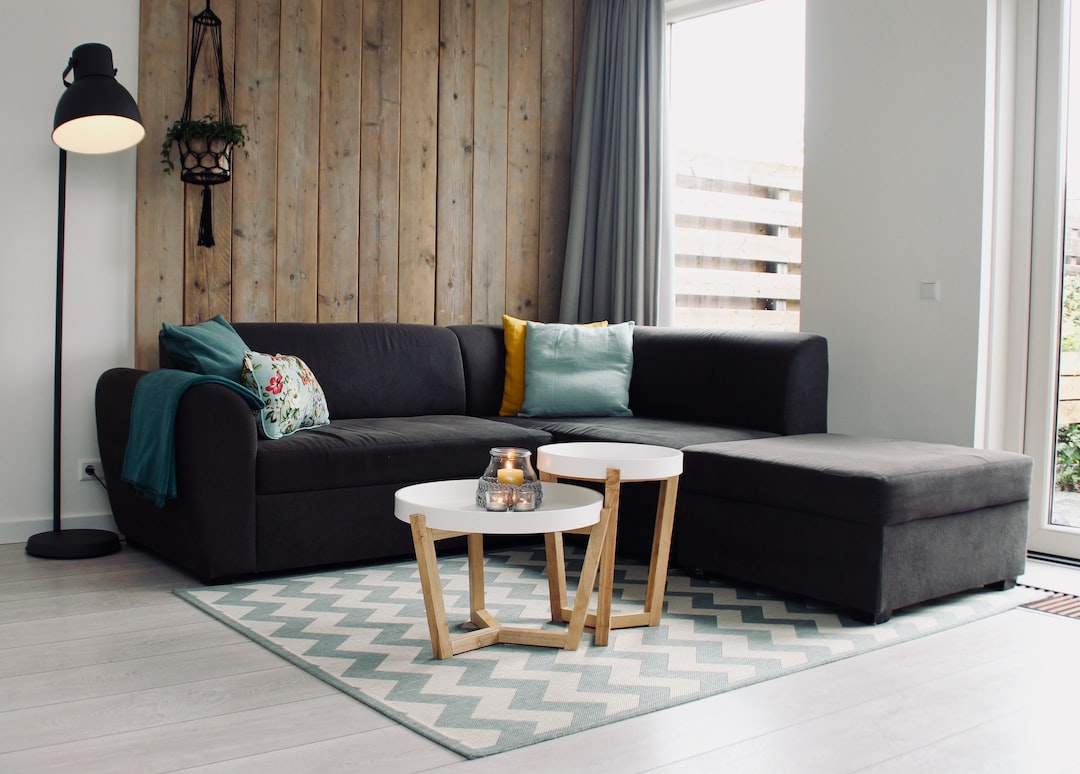The Impact of Furniture Arrangement on Room Flow and Energy
The arrangement of furniture in a room has a significant impact on its overall flow and energy. It not only determines how visually pleasing a space is but also affects how we feel and interact in that environment. A well-organized layout can create harmony and a positive atmosphere, while a poorly arranged room can feel chaotic and cluttered. In this blog post, we will explore the importance of furniture arrangement and its impact on room flow and energy.
One of the primary aspects to consider when arranging furniture is the flow of the room. The flow refers to how people move through the space, and it can greatly affect the functionality and practicality of a room. The furniture should be positioned in a way that allows easy movement and navigation. For example, if the furniture is blocking pathways, it can create a sense of constraint and hinder the overall flow of the room.
Another crucial factor is the energy of the room. The arrangement of furniture influences the energy that flows through a space. Feng Shui, the ancient Chinese art of harmonizing energy in the environment, places great emphasis on furniture placement. According to this philosophy, furniture should be arranged in a way that allows the energy (or chi) to flow freely and harmoniously. This can be achieved through creating a balanced and open layout, avoiding blockages and allowing energy to circulate.
To create a harmonious flow and energy in a room, it is essential to consider the size and scale of the furniture in relation to the space. A room with oversized furniture can feel cramped and overwhelming, while furniture that is too small can make a room appear empty and lacking in substance. It is crucial to strike a balance and choose furniture that complements the size of the room. Additionally, furniture should be arranged in proportion to the space, giving each piece ample breathing room.
Color and texture of furniture also play a role in room flow and energy. Bright, vibrant colors can create an energizing and lively atmosphere, while softer, neutral tones promote a calming and relaxing environment. Texture, on the other hand, adds depth and interest to a room. Combining different textures, such as smooth surfaces with rough or textured ones, can create a dynamic and visually appealing space. It is important to consider the overall color palette and texture scheme when arranging furniture to ensure a cohesive and balanced look.
Furthermore, furniture arrangement can greatly influence the functionality and purpose of a room. For example, in a living room, the seating area should be arranged in a way that encourages conversation and interaction. Placing furniture in a circular or semi-circular configuration helps create a sense of intimacy and encourages face-to-face communication. In a bedroom, the bed should be positioned for optimal rest and relaxation, while still allowing for easy access to other essential pieces of furniture.
In conclusion, the arrangement of furniture plays a vital role in the overall flow and energy of a room. It affects how we move through the space, influences the energy that flows within it, and impacts its functionality and purpose. Considering the flow, size, scale, color, texture, and purpose of furniture when arranging a room can help create a harmonious, balanced, and visually pleasing environment. So, the next time you rearrange your furniture, remember that it’s not just about aesthetics but also about creating a positive and energizing space.


